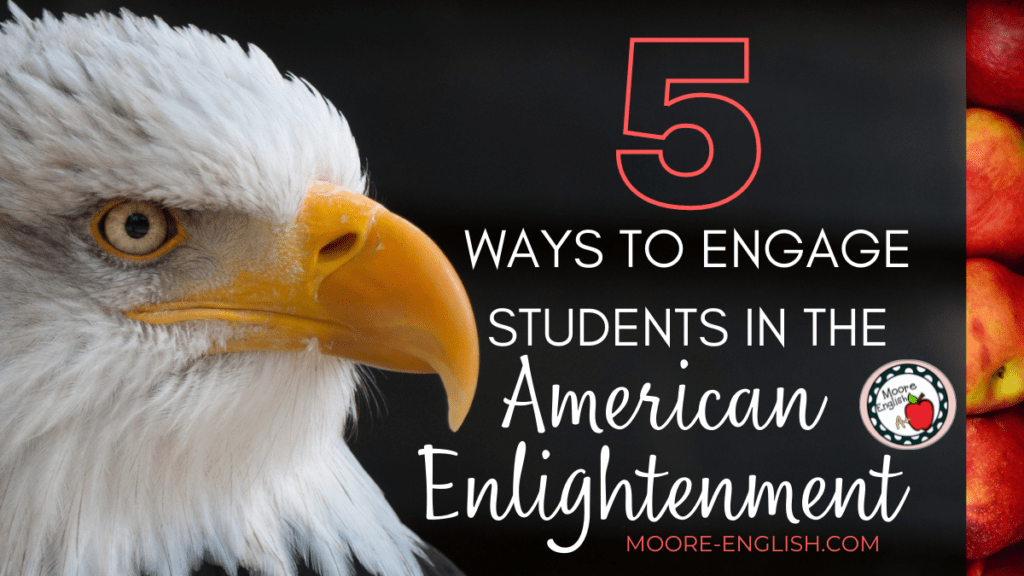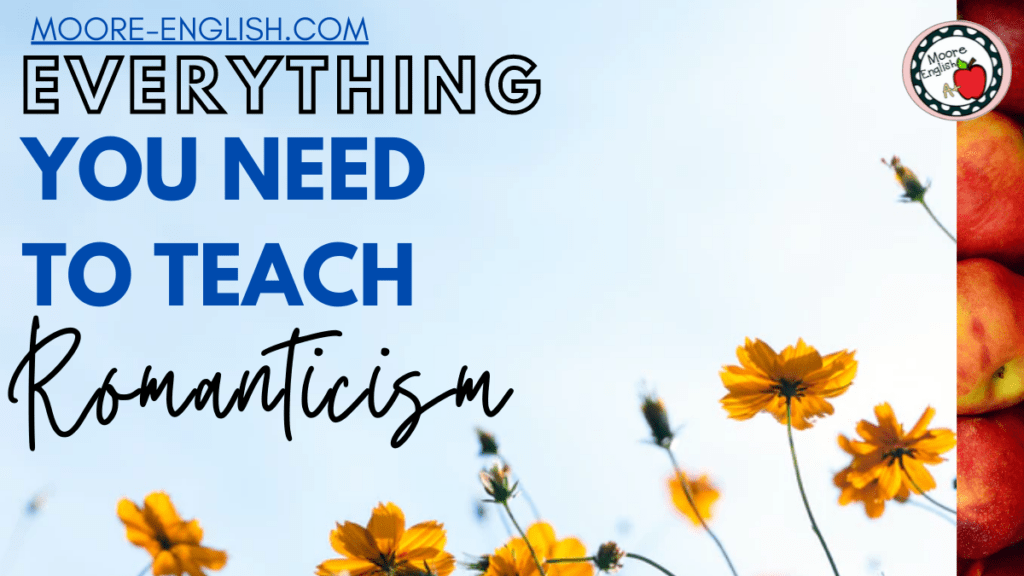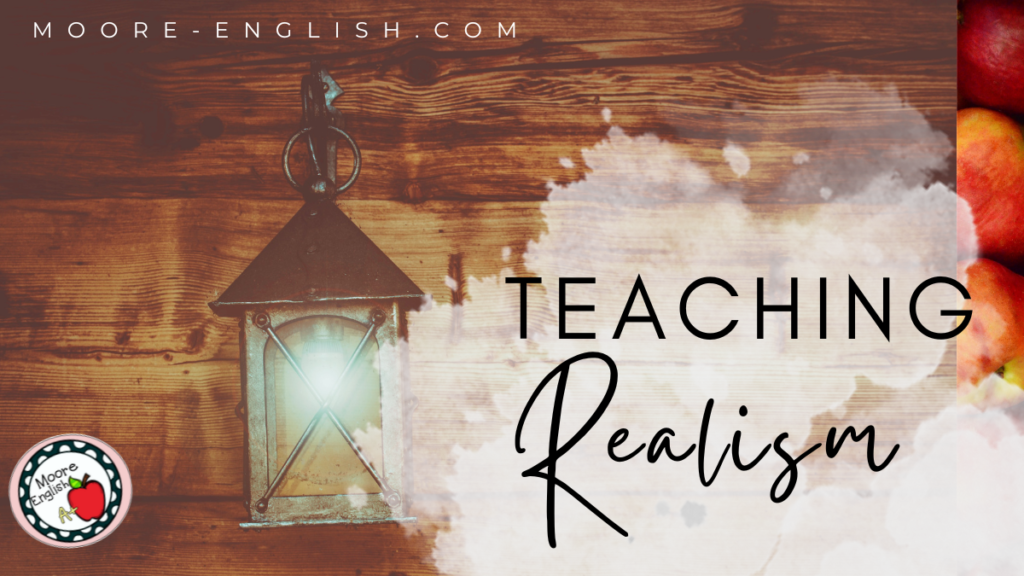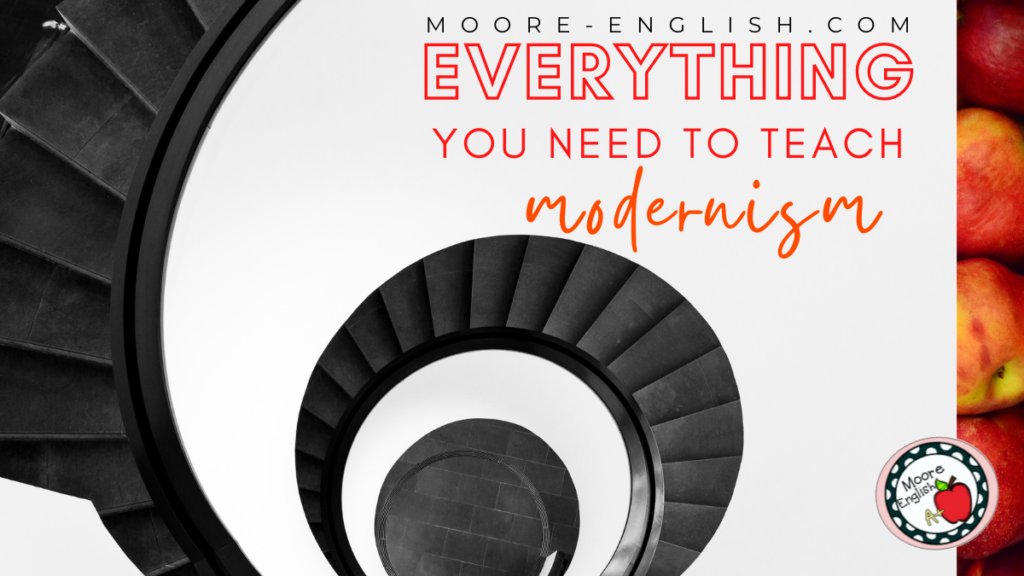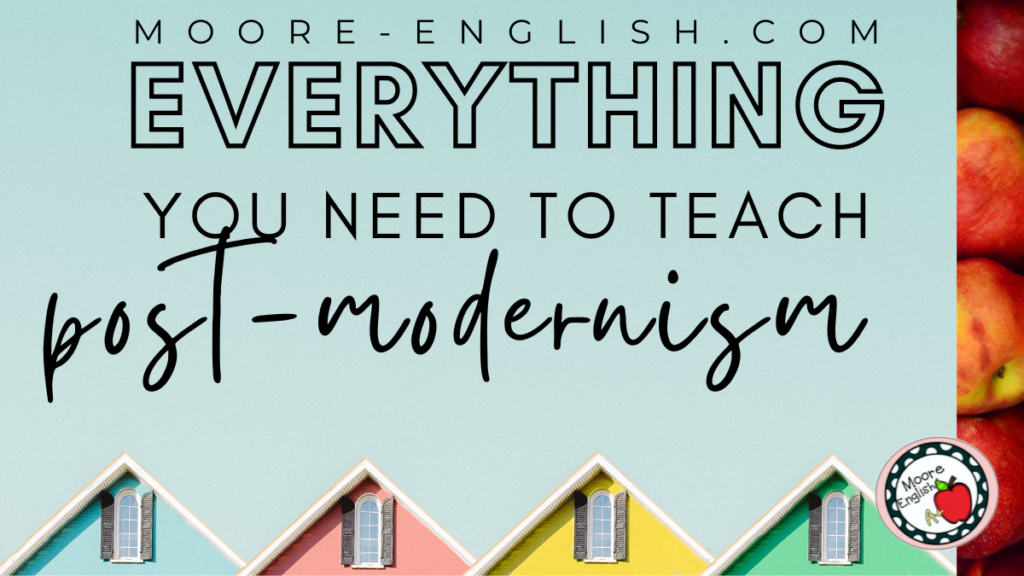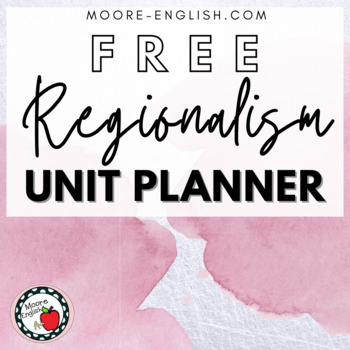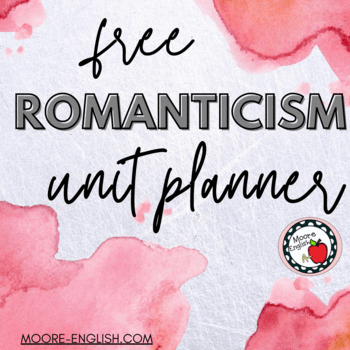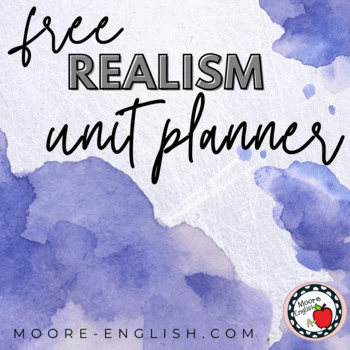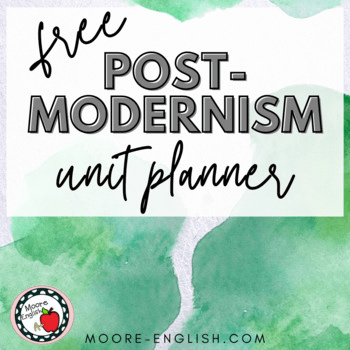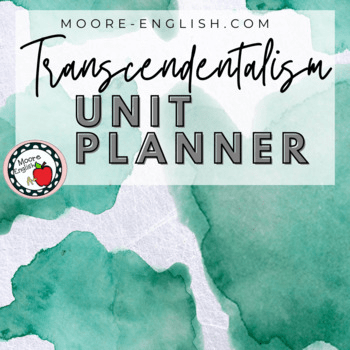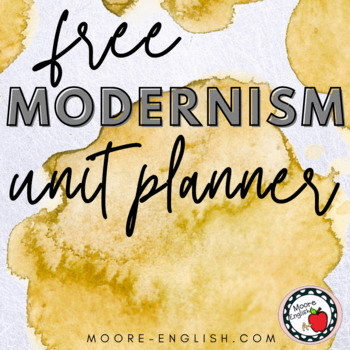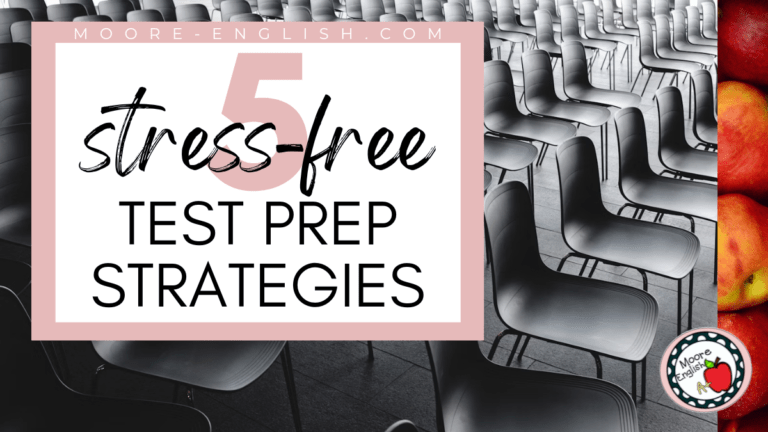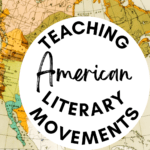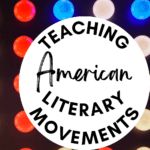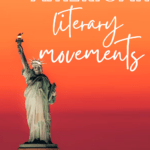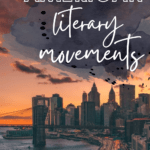My junior class traces the evolution of American literary movements. At times, this organization can be challenging because it’s hard to get student excited about early American literature. However, over the years, I’ve learned to appreciate this structure for a few reasons:
- First, chronological study allows students to see how history and literature affect and reflect one another
- Similarly, working with different literary movements helps students see the evolution of American literature
- Additionally, understanding the development of American literature covers some common allusions
- Finally, studying literary movements allows students to synthesize across generations
Today, I wanted to share some of my favorite resources, lessons, and ideas from the study of American literary movements.
This post this post may contain affiliate links. Please read the Terms of Use.
How To Engage Students In Studying The American Enlightenment
The first time I read the phrase “seminal texts,” I rolled my eyes. Surely, I thought, no one writing the Common Core standards has ever met a high school student let alone tried to teach. How, I thought, was I supposed to get students excited about the American Enlightenment? There’s so much vocabulary and so many names and dates. It honestly felt like an overwhelming task. Almost ten years later, I have a better idea of how to engage students in the American Enlightenment. Is it still a challenge? Yes. Are seminal texts still part of the Common Core? Of
Everything You Need to Teach Romanticism
For my juniors, American Romanticism is our second unit. In this unit, we have three specific goals: First, we focus on analyzing how an author’s choices support their purposes. Second, we practice evaluating how a text represents its historical context. Third, we synthesize across texts and media. Do we work on other skills as we read, write, and discuss? Yes, of course we do. No part of English language arts happens in isolation; all of our reading skills connect to our writing skills, which support our speaking and listening skills. However, at the end of the unit, these are the
Everything You Need to Teach American Literary Realism
By the time my juniors arrive at American literary Realism, they are familiar with the concept of literary periods and movements. To keep students engaged, I like to begin the unit with this comic from Calvin and Hobbes. (I can’t take credit for finding this comic. A past student sent me this way. Nor, obviously, do I own Calvin and Hobbes.) Anyway, when we begin Realism, I show students this comic. I explain that this comic encapsulates some of the conflicts central to Realism. Then, I ask them to make predictions about the characteristics of Realism. Students think-pair-share their answers,
Everything You Need to Teach Regionalism
The first few times I taught American literature, I skipped regionalism. Each time, I told myself that I just didn’t have time. However, in truth, I didn’t have a good definition for regionalism or a way to explain its impact to my students. However, two years ago, I committed to making space for regionalism in my American literature class. And, wow, I am shocked at how much of a difference this has made for my students. Incorporating regionalism has had three key benefits for my students: First, it really helps students bridge the gaps between Romanticism, Realism, and Modernism. Second,
Everything You Need to Teach Literary Modernism in High School English
In my junior English class, we spend a lot of time focused on American literary periods. Literary modernism is one of the trickiest to define. In academic circles, there is great debate about what “modernism” even means. However, to keep that confusion out of the classroom, I focus on a few specific characteristics of modernism. To guide our study of American literary modernism, we focus on a few key questions: Introducing Modernism By the time my juniors reach modernism, they have studied the American Enlightenment, Romanticism, Regionalism, and Realism. Based on the time period in which modernism begins, I ask
8 Poems for Introducing Post-Modernism in High School ELA
My junior English class is focused on the progression of American literary movements, including a study of post-modernism. To introduce post-modernism, I ask students to think about their independent reading books. With those books in mind, I ask them to answer the following questions: I like this activity because it helps students connect our classroom study to their personal reading. Ultimately, most students find that some literary movements come through more strongly. For example, the Romantic emphasize on individual spirit is pretty common. However, no student has ever been able to check off all the elements of a particular literary
Getting Started with Literary Movements
When I started working on lesson planning and course design, I always start with an bird’s eye view. I like to see the yearly calendar and then chunk it into different units. To help you achieve this goal, I have put together free pacing guides for all the major American literary movements. Grab these effortless freebies today!
Engaging Students
At times, students can be skeptical about the value of learning about American literary periods. To help students work through their concerns, I’ve developed several favorite ways to engage students in studying literary movements:
- First, anticipation guides are a personal favorite for engaging students in new content.
- Similarly, journaling is a great way to help students work on their writing skills and to help them develop connections with each literary period.
- Additionally, strong essential questions are a perfect tool for helping students think through an entire unit. Essential questions can be a great way to carry students throughout a unit and help all the material connect.
- Finally, one of my favorite ways to help students connect different literary periods is to challenge students to take a text and transform it so it represents a different literary period. For example, “Sinners in the Hands of an Angry God” is a completely different text from a Romantic perspective. For me, a personal favorite was when a student re-envisioned the end of The Great Gatsby so it was Gothic!
To prepare for teaching different periods in American literature, graby my American Literary Movements Bundle today! This will set you up with anticipation guides, notes, and writing prompts for all of these literary periods!


